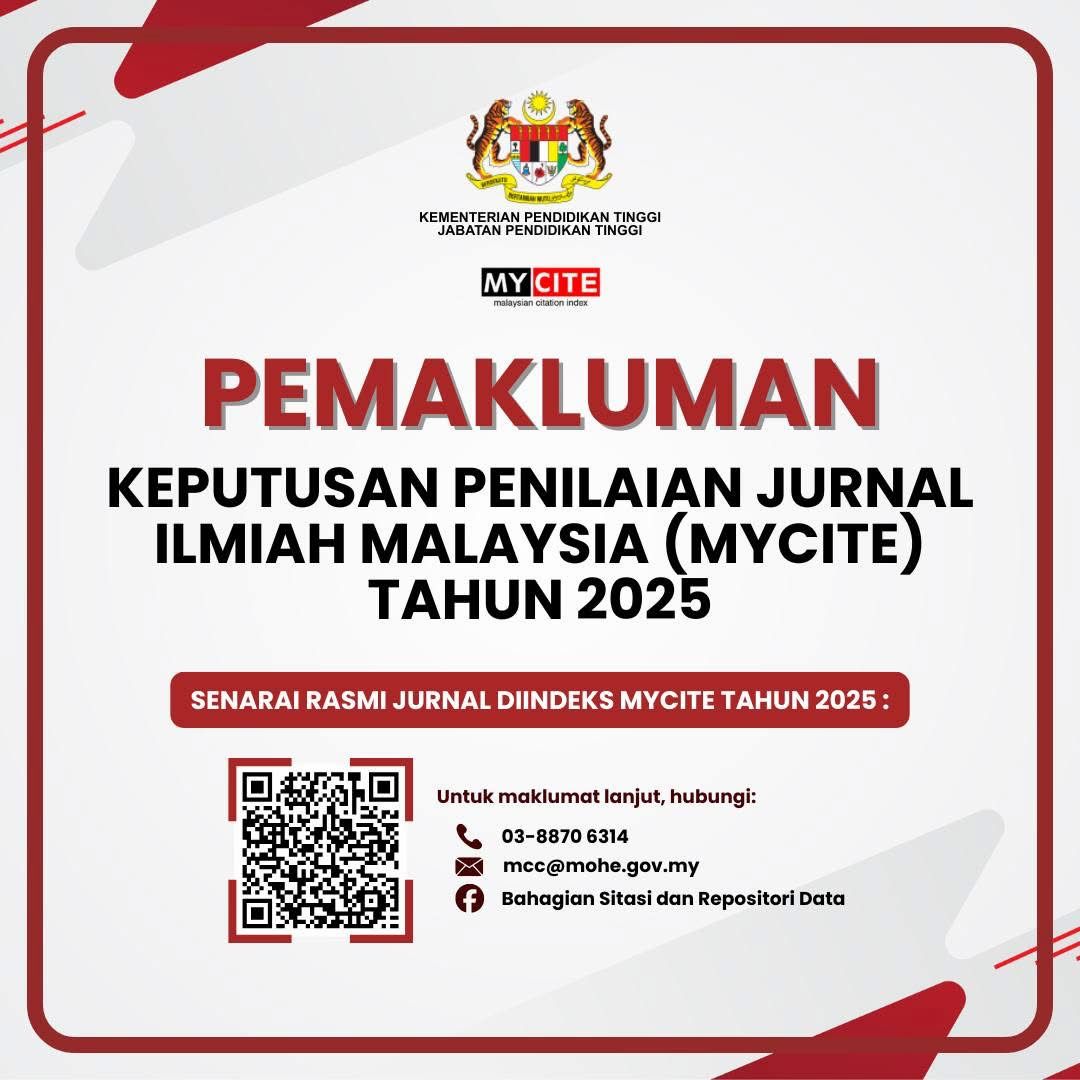Visual Expression Art as a Platform for the Proclamation of Women's Equal Rights
DOI:
https://doi.org/10.24191/idealogy.v9i1.557Abstract
This study investigates the efficacy of using creative visuals and their potential to legitimize and represent dynamic imagery in the fight against prejudice and discrimination against women. This study aims to understand more about how abused women feel. This study will demonstrate how groundbreaking it is to capture a woman's emotional speech, which manifests in any form where emotions are expressed, giving women who don't have one a voice and providing them with a secure opportunity to express their deepest thoughts and feelings through visual expression art.
Keywords: Creative Visuals, Women's Rights, Emotional Expression, Visual-Expression Art
References
Burr, J. A., Mutchler, J. E., & Han, S. H. (2021). Volunteering and health in later life. In Handbook of ageing and the social sciences (pp. 303-319). Academic Press.
End Slavery (2023). What Is Fine Art Photography: https://www.eden-gallery.com/news/what-is-fine-art- photography
Eden Gallery (2021). Photography, Art Blog, S.N. https://www.eden-gallery.com/news/what-is-fine-art- photography.
Küblr-Ross, E., & Kessler, D. (2005). On grief and grieving: Finding the meaning of grief through the five stages of loss. Simon and Schuster.
Megan Ott December (2017) Freedom from Slavery: https://www.womenforwomen.org/blogs/four-human- rights-women-are-still-deprived-disproportionately.
Ogilvy & Mather Dubai (2013). U.N. Women ad series reveals widespread sexism: https://www.unwomen.org/en/news/stories/2013/10/women-should-ads.
Plutchik, R. (1980). A general psychoevolutionary theory of emotion. In Theories of emotion (pp. 3- 33Cherry, K. E. (2020). The other side of suffering: Finding a path to peace after the tragedy. Oxford University Press.). Academic Press.
Reanda, L. (1981). Human Rights and Women's Rights: The United Nations Approach. Hum. Rs. Q., 3, 11. Soutter, L. (2018). Why art photography? Routledge.
World Economic Forum (2017) https://www.weforum.org/agenda/2017/01/women-own-less-than-20-of-the- worlds-land-its-time-to-give-them-equal-property-rights/
Downloads
Published
Issue
Section
License
UiTM Press (the Publisher) has agreed to publish the undersigned author’s paper in Idealogy Journal. The agreement is contingent upon the fulfilment of a number of requirements listed below.
1. The undersigned author warrants that the paper entitled below is original, that it is not in any way libellous or unlawful in Malaysia, that it does not infringe any copyright or other proprietary right. The undersigned hereby represents and warrants that he/she is the author of the paper, except for material that is clearly identified as to its original source, with permission notices from the copyright owners where required. The undersigned represents that he/she has the power and authority to sign and execute this agreement.
2. The undersigned author warrants that the paper entitled below has not been published elsewhere, and also it will not be submitted anywhere else for publication prior to acceptance/rejection by this Journal.
3. By submitting the paper entitled below, the undersigned author agrees to transfer the rights to publish and distribute the paper in an international e-journal (entitled above) to Publisher.
4. The undersigned author agrees to make a reasonable effort to conform to Publisher's submission guidelines and to liaise with the editor to ensure that the requirements of these guidelines are met to a reasonable degree.
5. The corresponding author signs for and accepts responsibility for releasing this material on behalf of any and all coauthors. This agreement is to be signed by at least one of the authors who has obtained the assent of the co-author(s) where applicable. After submission of this agreement signed by the corresponding author, changes of authorship or in the order of the authors listed will not be accepted.



